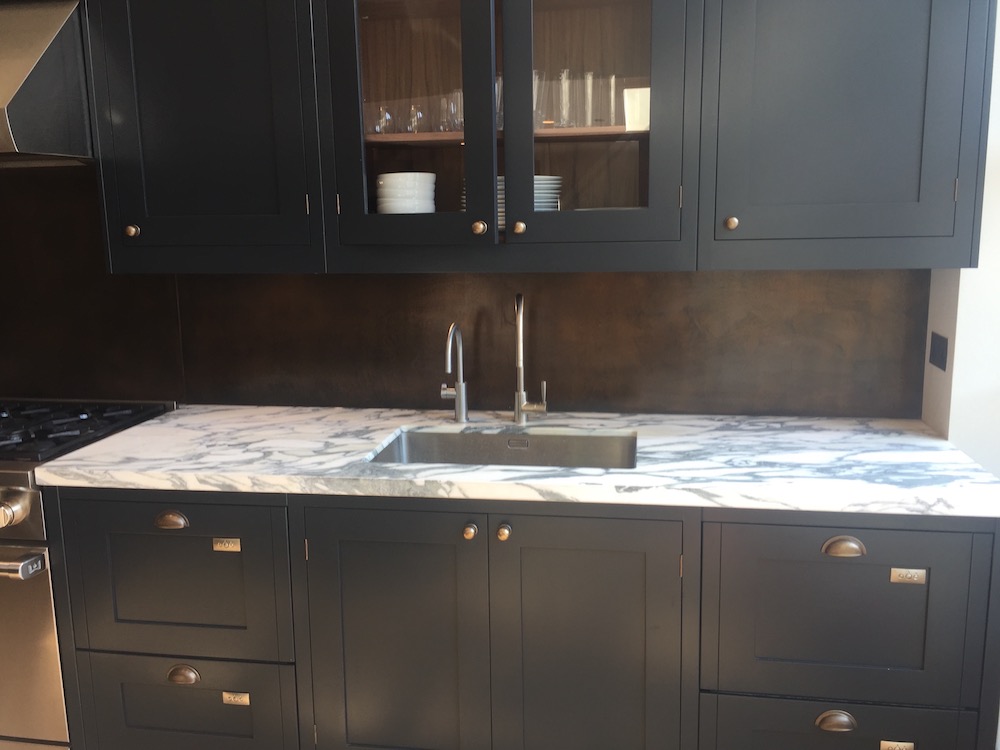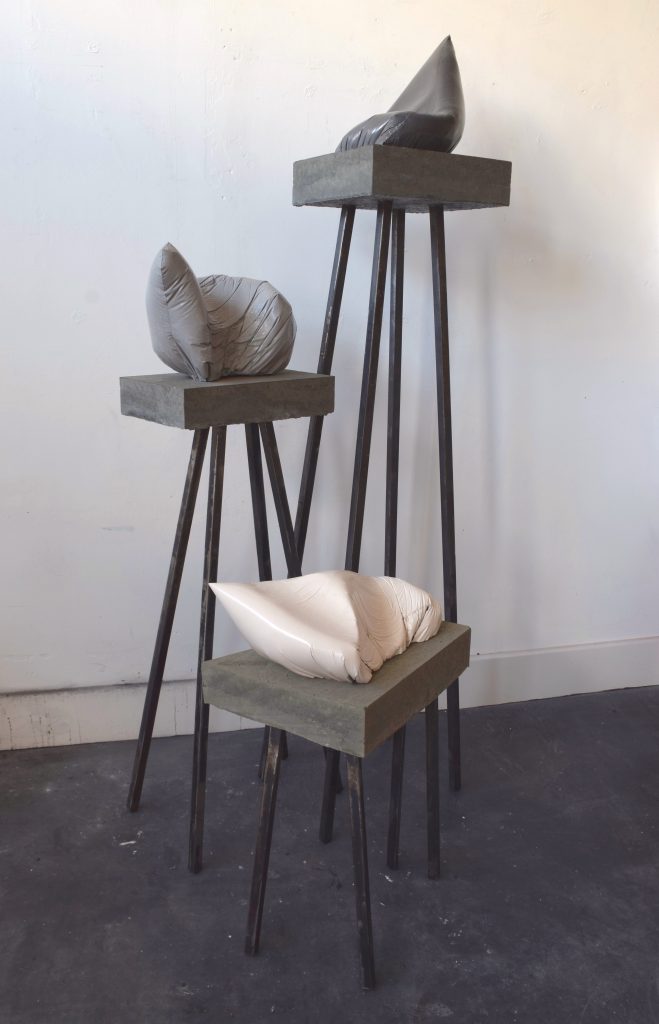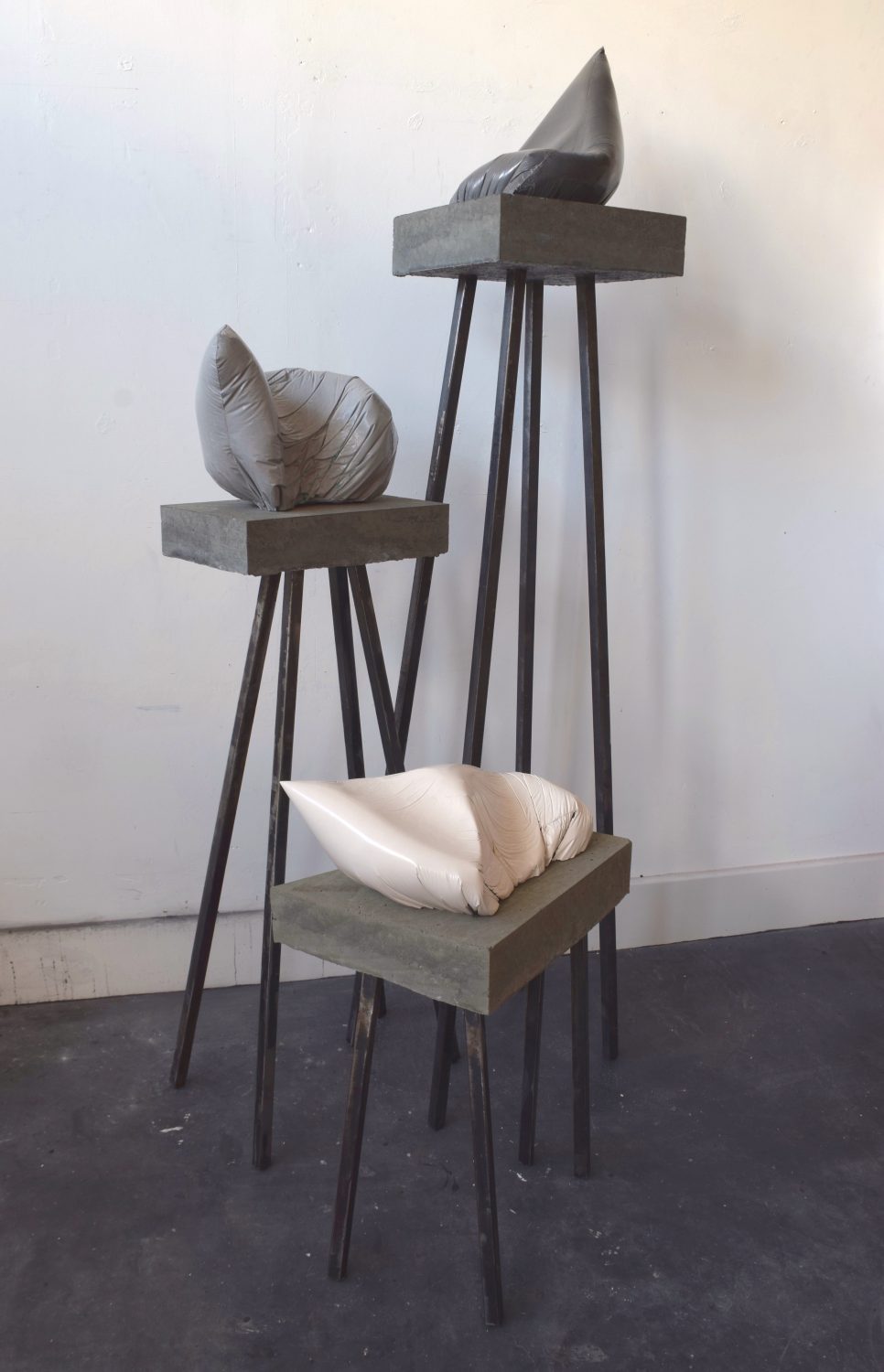
Skimming The Surface, Helen Barff.
HELEN BARFF
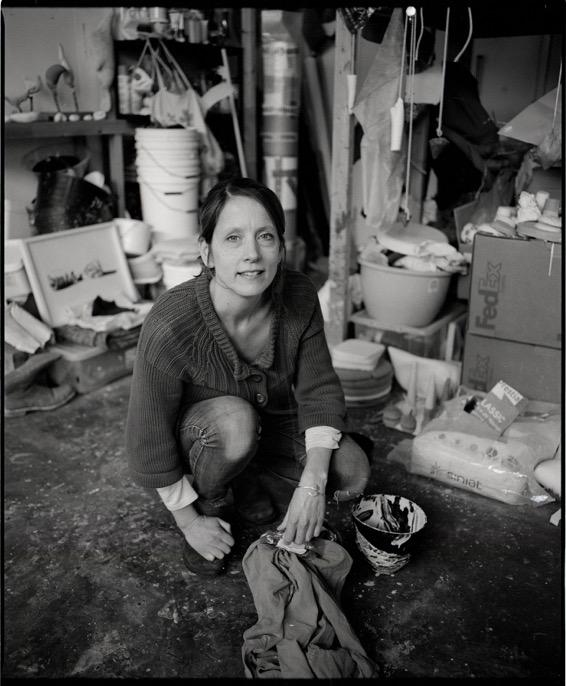
Helen Barff is looking for the imprint of memory on things, the contact point between skin and object, the rub. Her process might be likened to three dimensional photography, because her works stand outside the flow of bodies in time, and capture the space they once occupied. Working with found objects, in particular women’s clothing, and materials such as felt, plaster, concrete, rubber or photographic surfaces, she uses a host of processes that capture space or surface. These include wrapping (using felt), or filling and casting (with plaster, concrete) or other interventions like photograms. “I am interested in how materials are shaped by temporality, or how memory becomes embedded in matter.”
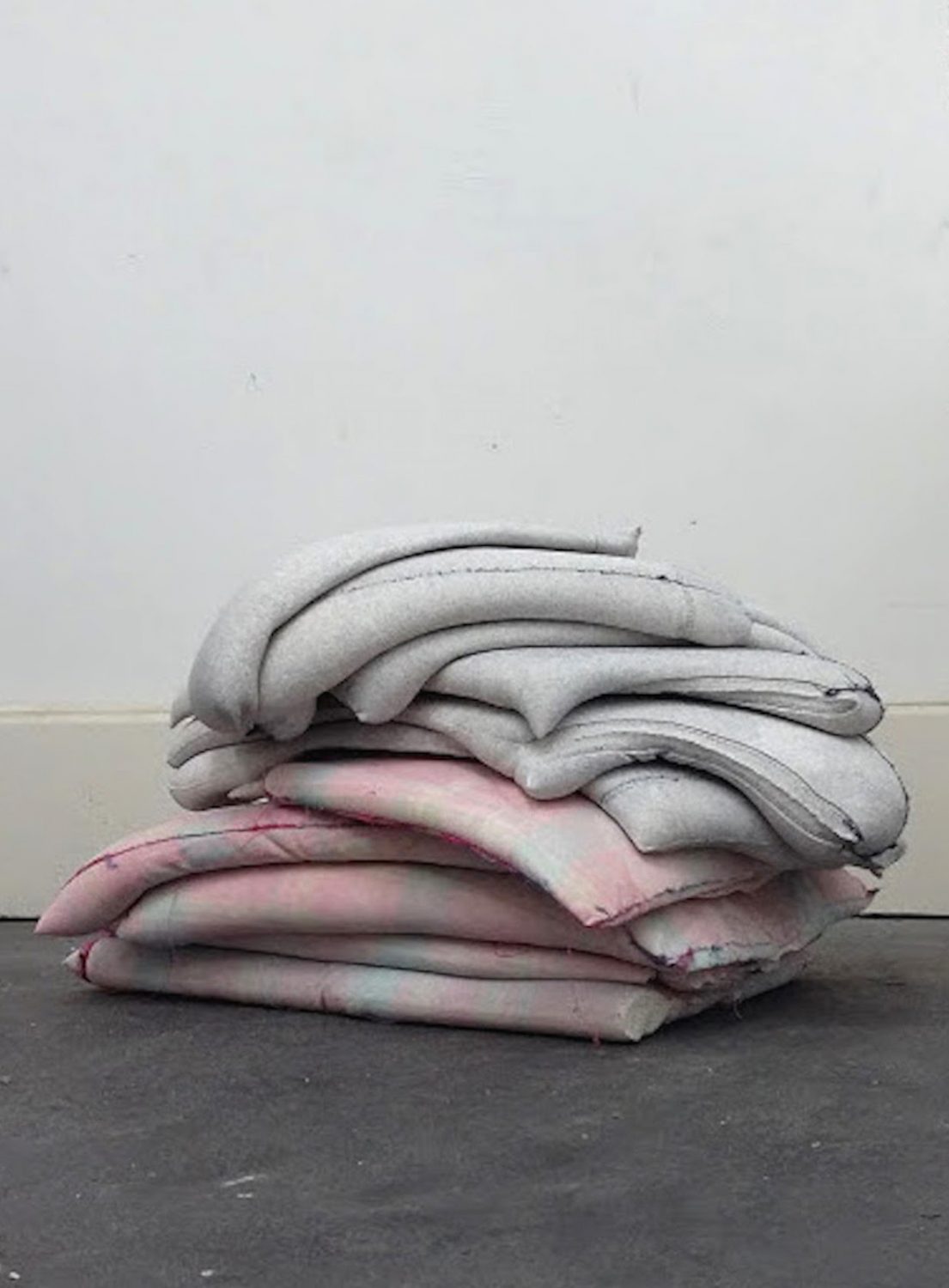
Folded, 2018, jesmonite,
Old bras are folded in two and their cups filled with concrete; when the material is pulled away what remains is a beaked visage, not remotely similar to the soft contours of breasts, strangely suggestive of a bird feeding its young. A stork. Plastic bags are filled with plaster, equal in weight to a baby and held against her hip, or on her lap, until they set. A physical memory of the weight of child bearing and child caring, is now a smooth contoured and pointy ended lump of what was silently, tirelessly given.
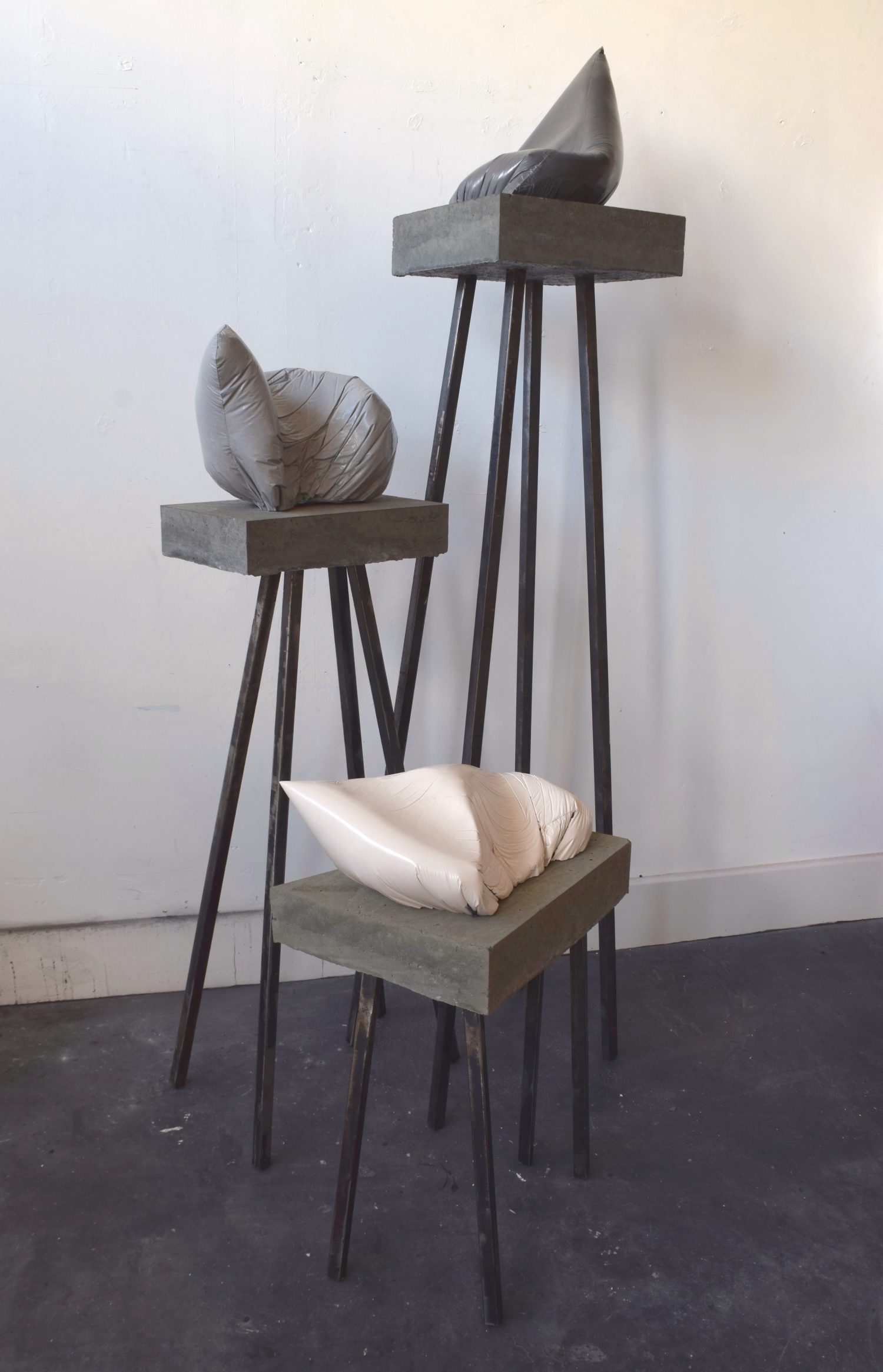
Untitled (Shoulder, Hip, Lap) 2016. Jesmonite, concrete, steel, wax.
Her work is to transform the fleeting, ephemera or detritus, into weighty, corporeal forms, like bookends to the passage of time. The power of these works lies in Helen’s ability to make concrete what is only noticed after the fact, like the punch of seeing your mother’s dress hanging in the cupboard, when she is gone. And like your mother’s embrace, sensitivity to touch is central to Helen’s practice, “surface for me is to do with touch. Contact.” She is keenly aware of what is lost, the face of a loved one you cannot remember, and she experiences this in drawing. “There is always a gap in drawing; you can’t look at the subject and the mark on the page at the same time. In that gap perception is retained in memory. I close this gap by bringing the subject in direct contact with the materials – such as wrapping, casting or photograms.”
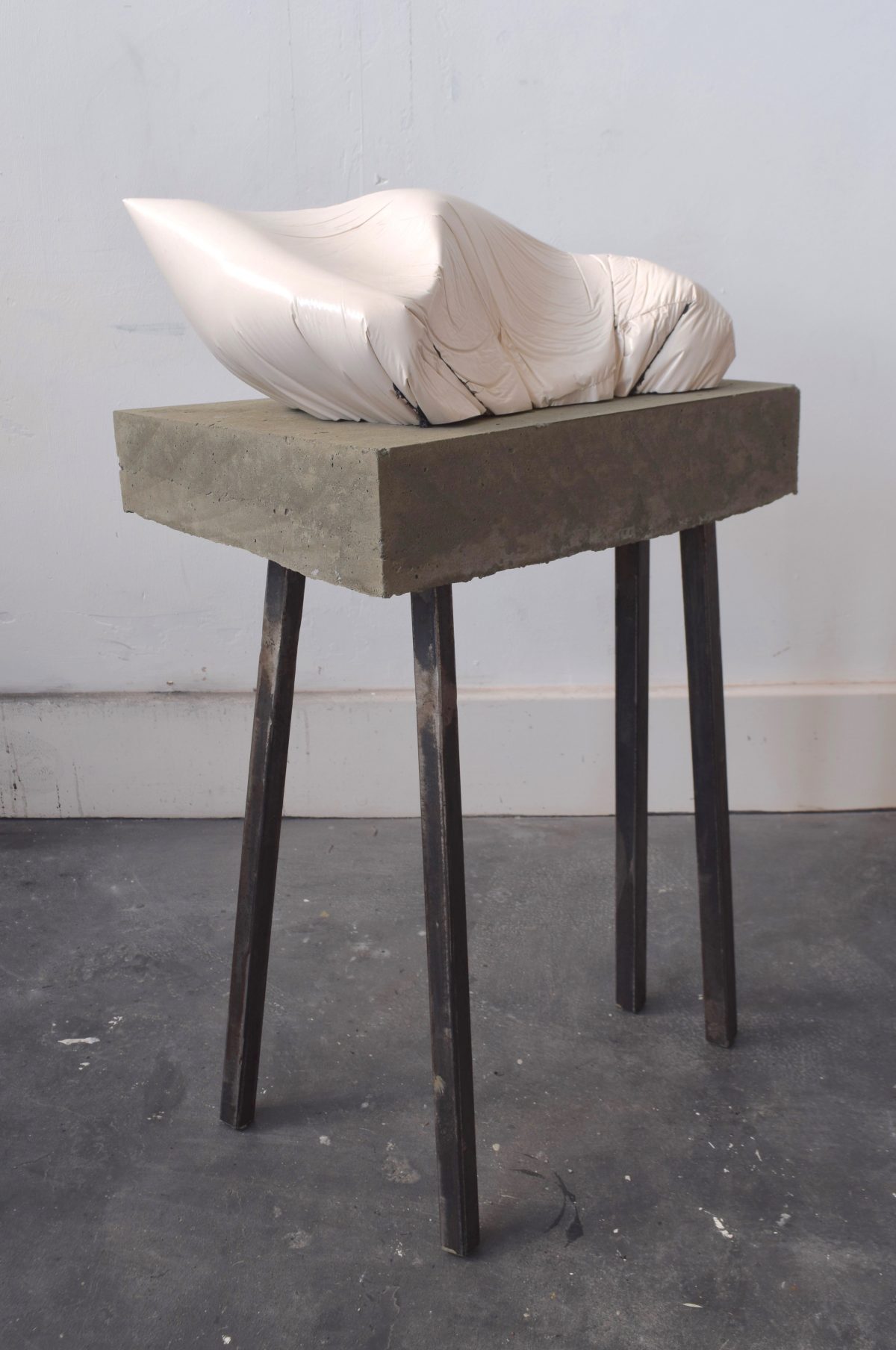
Untitled (Lap), 2016, jesmonite, concrete, steel, wax.
In doing this she creates new surfaces – a topology of contact – a second skin. The inside becomes the outside. Like skin underneath clothing, within another, inner layer, she is birthing new forms. “Surface is edges. Edges between here and there. Shifting edges. Our own edges.”
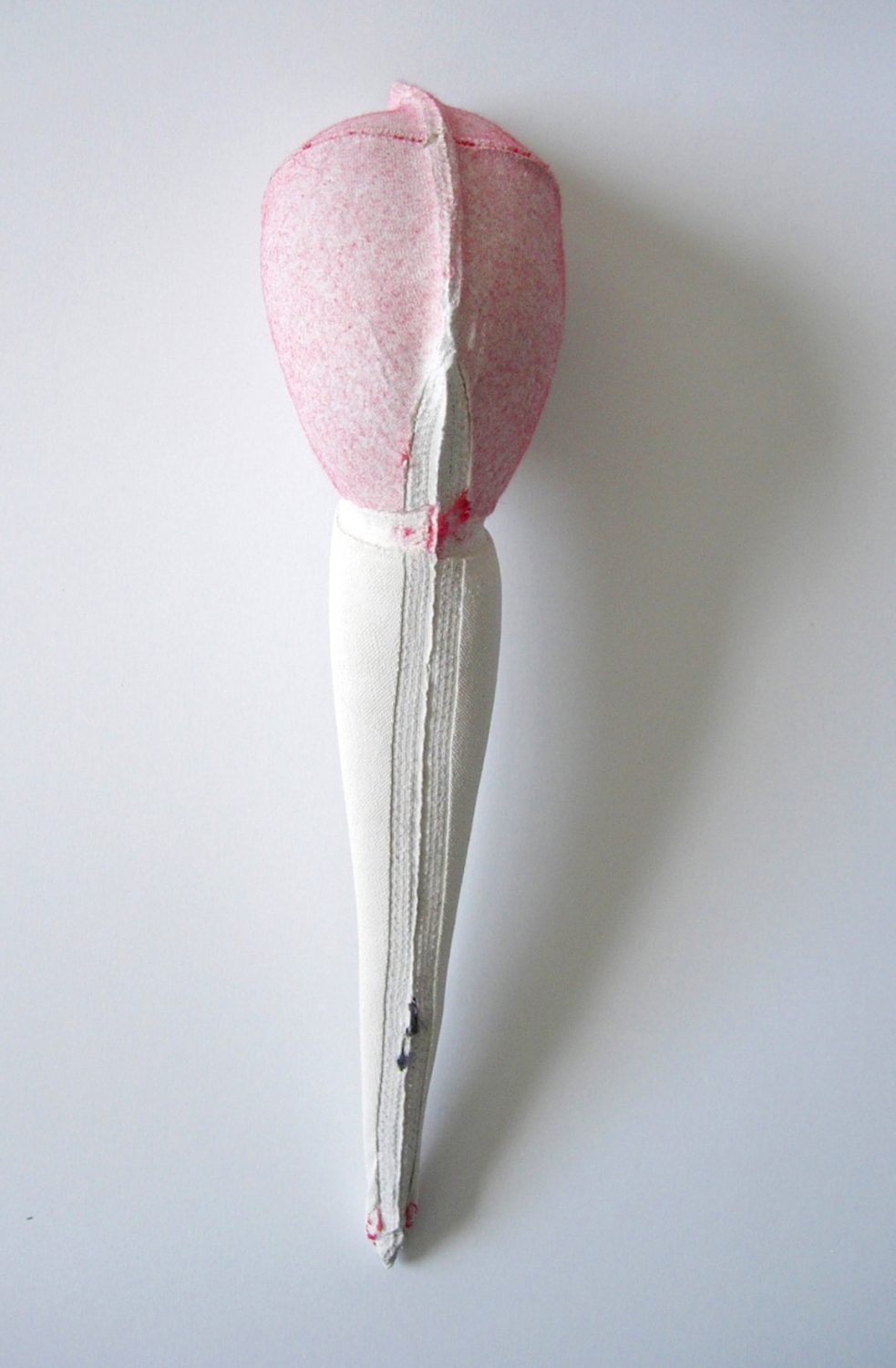
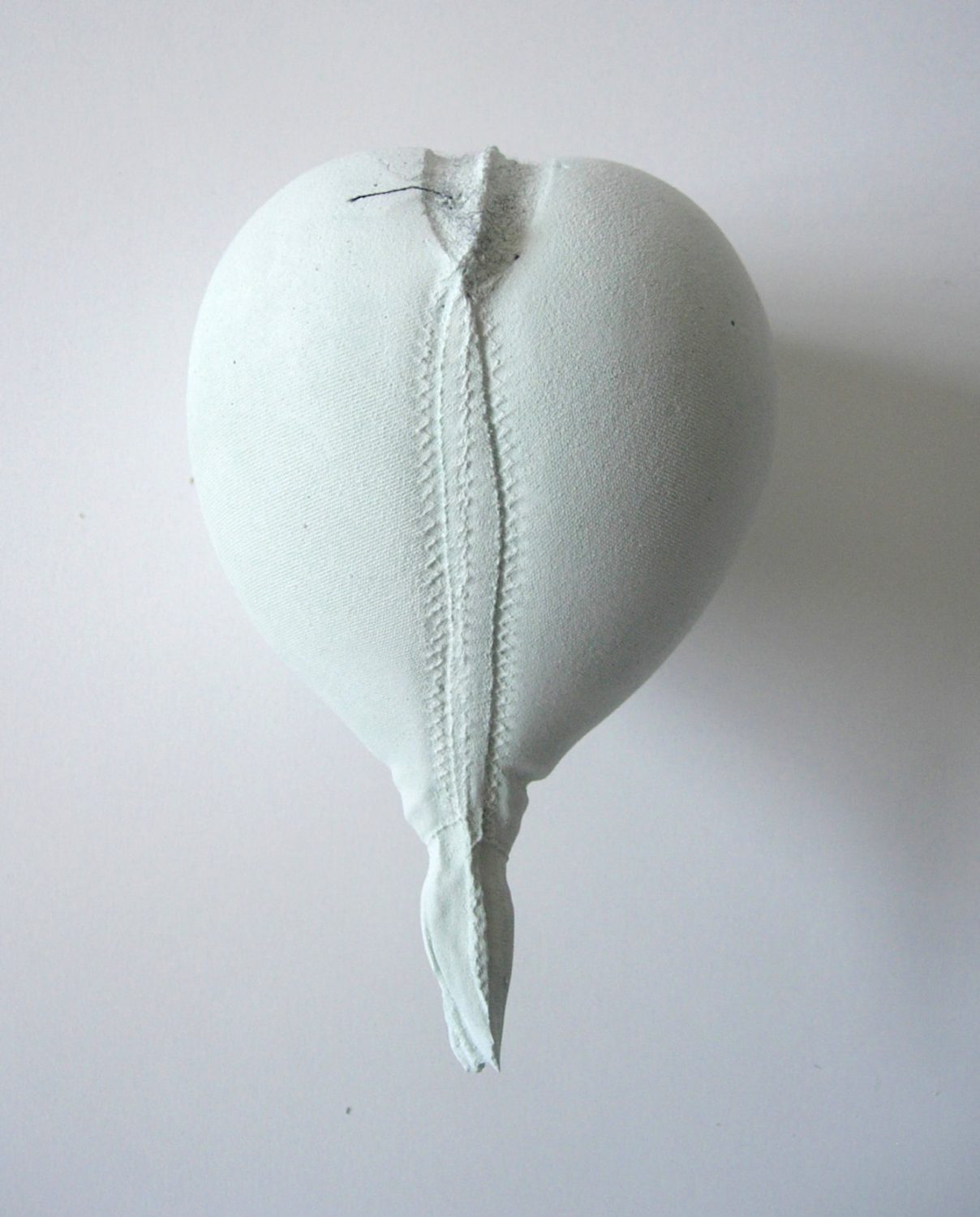
Nico Kos Earle
www.nicokos.com

